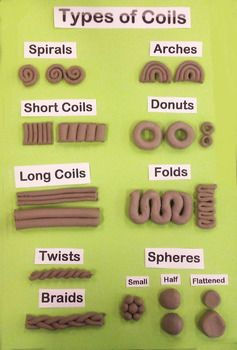Apropos Appropriation
- TheArtofMrsCastaldi

- Mar 8, 2019
- 3 min read

Kennedy’s article Apropros Appropriation highlights a fundamental legal and artistic issue that will only continue to grow as technology and social media blossom. Centered around a copyright dispute between photographer Patrick Cariou and artist Richard Prince, the article highlights the following issue: what are the fair limits of use in a digitized society? My subsequent research has revealed that the Southern District of New York opinion that was discussed was actually overturned in the Second Circuit Court of Appeals. In fact, the Second Circuit Court of Appeals in Cariou v. Prince, 714 F.3d 694 (2d Cir. 2013) concluded that the District Court applied an incorrect legal standard in determining fair use issue and further concluded that all but five of Prince’s works do make fair use of Cariou’s copyrighted photographs.
In Cariou, Judge Barrington highlighted the fundamental tension between the overarching purpose of copyright and the fair use defense, stating:
The purpose of the copyright law is “[t]o promote the Progress of Science and useful Arts 18 . . . .” U.S. Const., Art. I, § 8, cl. 8. As Judge Pierre Leval of this court has explained, “[t]he copyright is not an inevitable, divine, or natural right that confers on authors the absolute ownership of their creations. It is designed rather to stimulate activity and progress in the arts for the intellectual enrichment of the public.” Pierre N. Leval, Toward a Fair Use Standard, 103 Harv. L. Rev. 1105, 1107 (1990) (hereinafter “Leval”). Fair use is “necessary to fulfill [that] very purpose.” Campbell, 510 U.S. at 575. Because “‘excessively broad protection would stifle, rather than advance, the law’s objective,’” fair use doctrine “mediates between” “the property rights [copyright law] establishes in creative works, which must be protected up to a point, and the ability of authors, artists, and the rest of us to express them- or ourselves by reference to the works of others, which must be protected up to a point.” Blanch, 467 F.3d at 250 (brackets omitted) (quoting Leval at 1109).
On a micro level, the article does not answer the question as to where the everyday artist or media user turns to defend his or her right to fairly use existing art. While Richard Prince, and the most powerful art institutions in the country relied on the most powerful lawyers in the country (i.e. David Boies of the Boies Schiller Flexner LLP law firm and the Skadden, Arps law firm) to get a favorable result from the Second Circuit Court of Appeals, the article does little to resolve what avenues the everyday artist has to dispute copyright infringement claims, for example the powers at Facebook, YouTube, Instagram and other social media platforms.
Ades’ article Photomontage defines that art form as both an explosive and agitated form of art in which artist of the Dadaism art movement originally used photomontage as a political satire, but later evolved that style into a conscious artistic technique. Conceptually within the art of photomontage, artists are able to in tandem give importance to an isolated image, as well as give importance to the juxtaposing images within the composition. The ability to manipulate space and images through artistic methods is infinite and limited only by the artist’s creativity.
According to Hamilton’s Visualizing Critique: Montage as a Practice of Alternative Media, the modern classification of the art form of Montage can be categorized into two different classifications. The first is deemed as the professionalized version of which artists use present news and information to mimic of create satirical works that promote the voice of mass media and provide social control. The second is the popular version of montage in which artists juxtapose a series of images to create a composition.


Comments